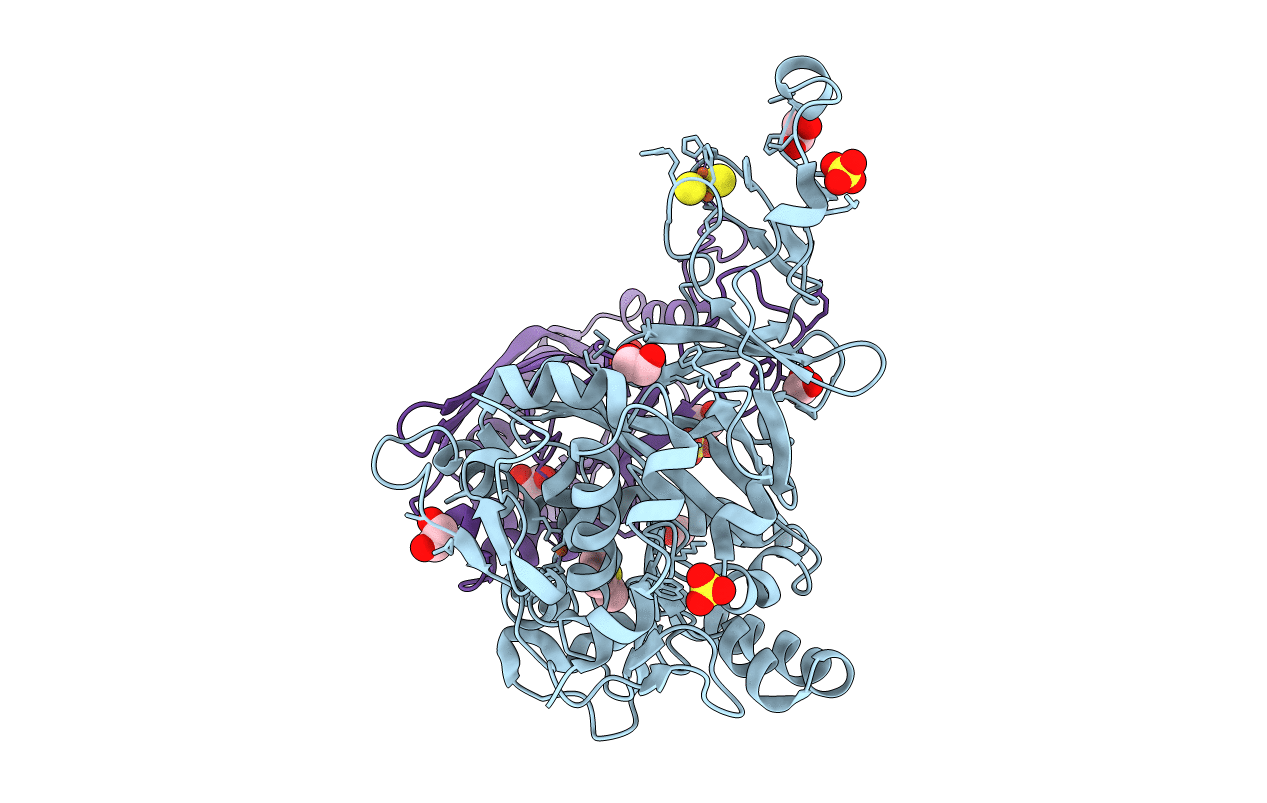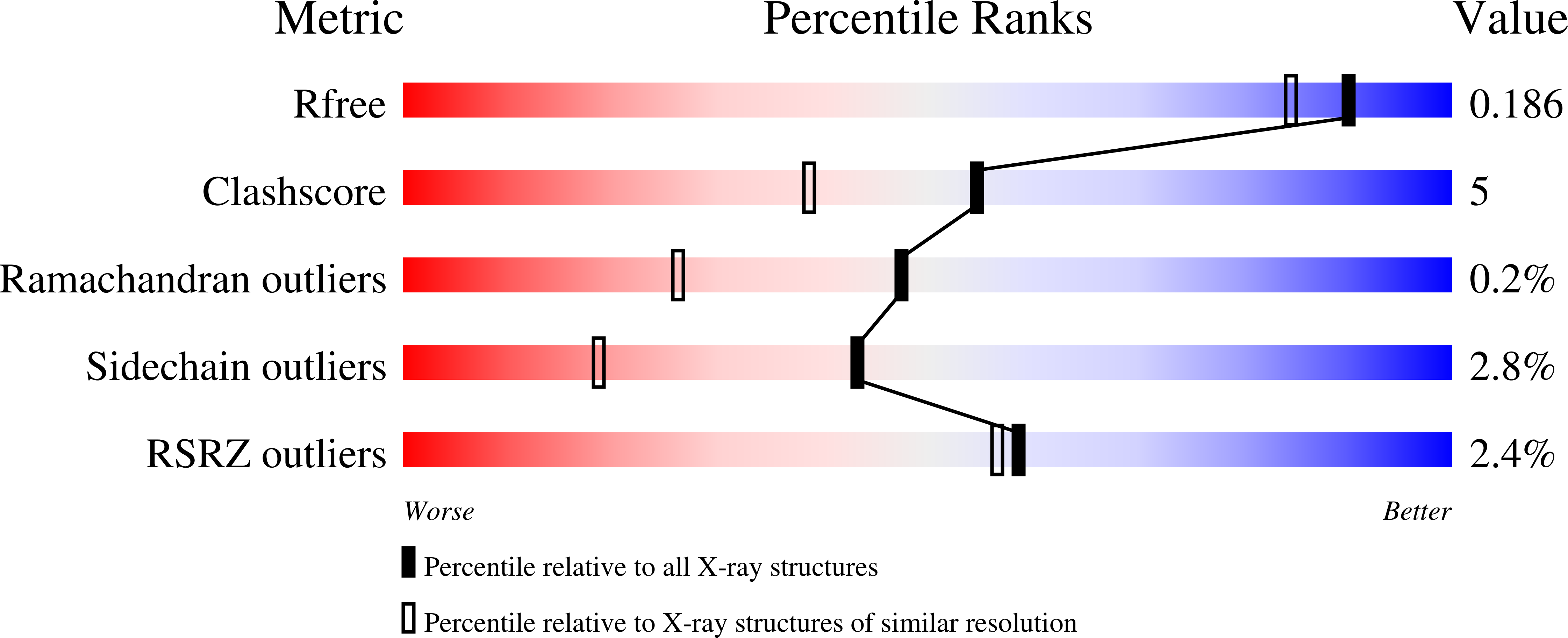
Deposition Date
2012-10-17
Release Date
2013-10-30
Last Version Date
2024-10-16
Entry Detail
PDB ID:
4HM2
Keywords:
Title:
Naphthalene 1,2-Dioxygenase bound to ethylphenylsulfide
Biological Source:
Source Organism:
Pseudomonas sp. C18 (Taxon ID: 69011)
Host Organism:
Method Details:
Experimental Method:
Resolution:
1.60 Å
R-Value Free:
0.18
R-Value Work:
0.14
R-Value Observed:
0.14
Space Group:
H 3 2


